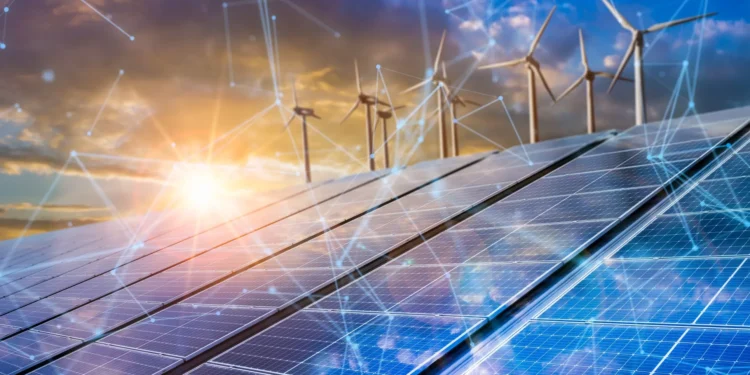As the world moves toward sustainable energy solutions, renewable energy technology is evolving at an unprecedented pace. Scientists, engineers, and innovators are developing breakthrough technologies to make solar, wind, hydro, geothermal, and bioenergy more efficient, cost-effective, and scalable. These advancements aim to reduce reliance on fossil fuels, decrease carbon emissions, and create a cleaner, more sustainable future.
This article highlights 80 major breakthroughs in renewable energy technology, categorized into different areas such as solar power, wind energy, energy storage, smart grids, bioenergy, hydroelectric innovations, and next-generation nuclear fusion. Each group provides detailed insights into how these breakthroughs are shaping the future of global energy systems.
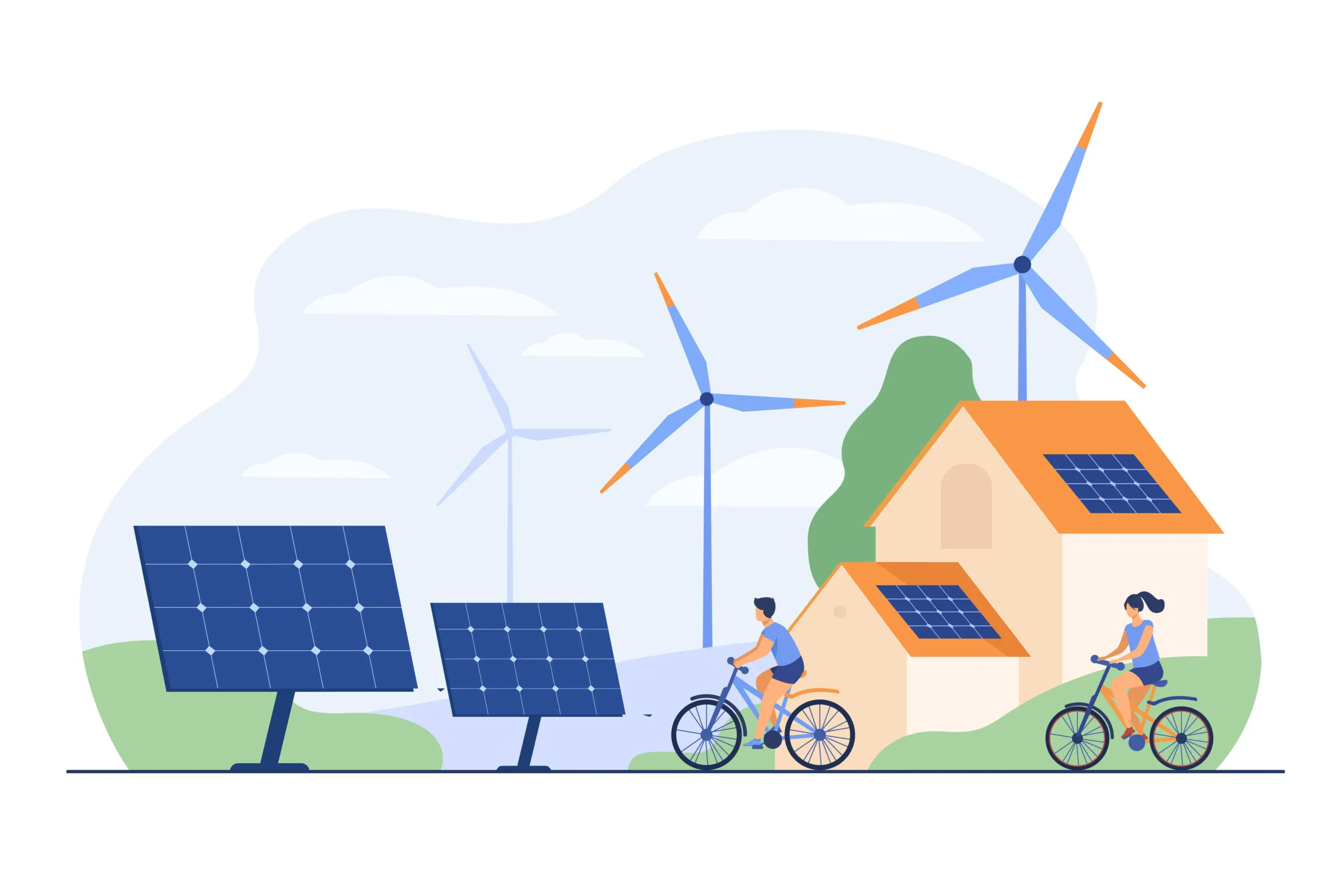
Breakthroughs in Solar Power Technology
Solar power is one of the most abundant and rapidly advancing renewable energy sources. Innovations in photovoltaic materials, efficiency improvements, and energy storage are making solar energy more affordable, accessible, and efficient for global adoption.
1. Perovskite Solar Cells
These next-generation solar cells are cheaper, lighter, and more efficient than traditional silicon panels, with conversion rates exceeding 30% efficiency.
2. Tandem Solar Cells
Combining multiple layers of solar materials increases energy absorption, improving efficiency beyond 40% under lab conditions.
3. Floating Solar Farms
Large-scale floating solar farms on water bodies help generate clean energy while reducing land usage and preventing water evaporation.
4. Bifacial Solar Panels
These panels absorb sunlight from both sides, increasing energy generation by 10-20% compared to traditional panels.
5. Transparent Solar Panels
New transparent solar glass can be used in windows, buildings, and car windshields, turning everyday surfaces into energy generators.
6. Printable Solar Cells
Ultra-thin, flexible, and lightweight solar cells can be printed on plastic or fabric, making solar power more versatile.
7. Solar Skins and Aesthetic Solar Panels
Custom-designed solar panels that blend into rooftops, walls, and urban infrastructure, improving aesthetics and increasing adoption.
8. Quantum Dot Solar Cells
Using nanotechnology, quantum dots enhance energy absorption and create ultra-efficient next-gen solar cells.
9. Integrated Solar Roofing
Companies like Tesla have developed solar roof tiles, seamlessly integrating energy production into building materials.
10. Space-Based Solar Power (SBSP)
Research is underway to deploy solar satellites in orbit that can transmit energy wirelessly to Earth, offering continuous energy generation.
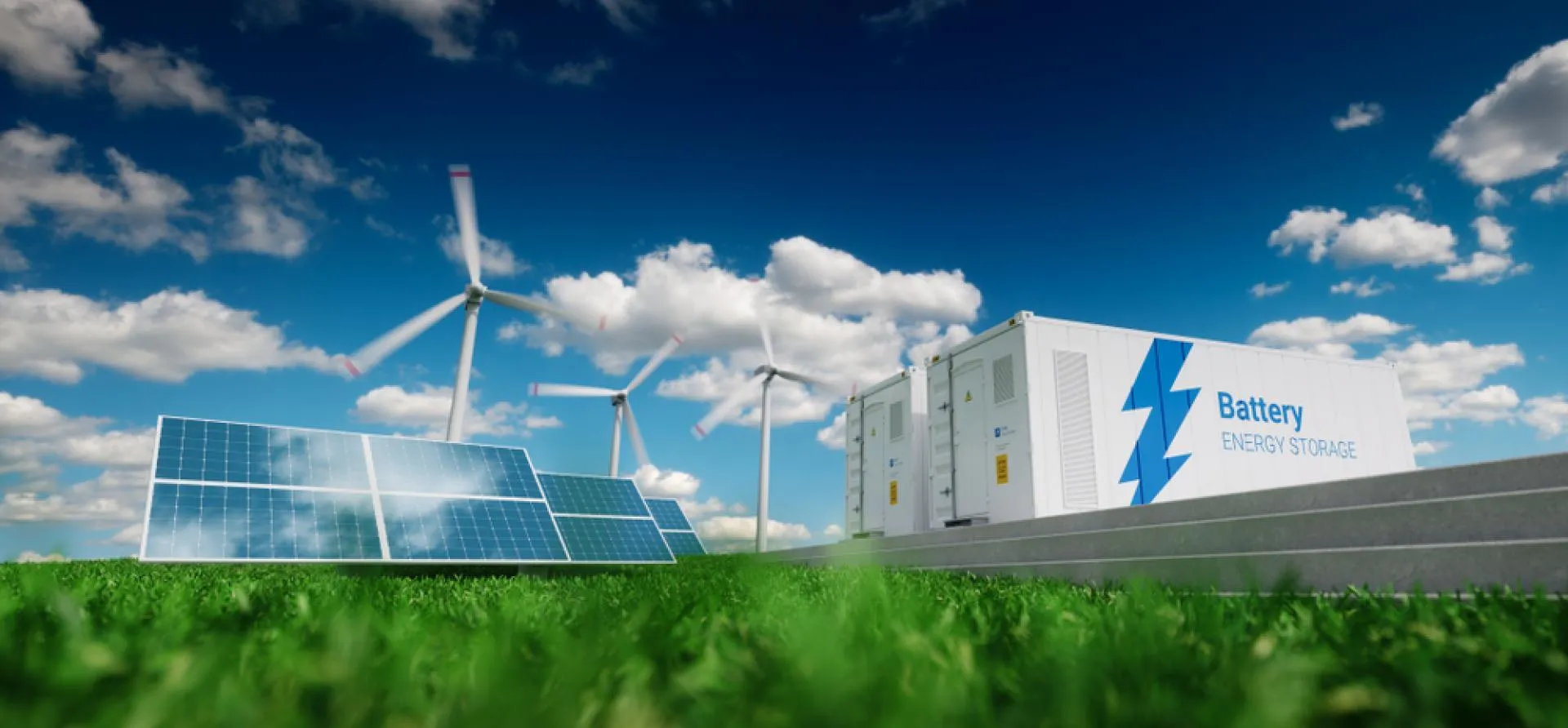
Breakthroughs in Wind Energy Technology
Wind energy is one of the fastest-growing renewable energy sources, with innovations improving turbine efficiency, offshore wind farms, and energy generation in low-wind conditions. These breakthroughs are making wind power more reliable, cost-effective, and accessible.
11. Floating Offshore Wind Turbines
Floating turbines allow wind farms to be built in deep waters, unlocking stronger and more consistent wind currents.
12. Vertical Axis Wind Turbines (VAWTs)
Unlike traditional windmills, VAWTs can capture wind from any direction and are more efficient in urban environments.
13. Airborne Wind Energy Systems (AWES)
Kite-like airborne turbines harness high-altitude winds, producing more energy than traditional wind turbines.
14. Smart Blades with AI Optimization
New turbine blades with smart sensors and AI algorithms optimize wind capture in real-time, increasing efficiency.
15. 3D-Printed Wind Turbine Components
Advanced 3D printing enables lighter, more durable turbine parts, reducing production costs and increasing efficiency.
16. Hybrid Wind-Solar Systems
Combining wind turbines with solar panels ensures continuous energy production regardless of weather conditions.
17. Small-Scale Urban Wind Turbines
Compact wind turbines designed for homes, offices, and city rooftops make wind energy more accessible.
18. Offshore Wind Farms with Hydrogen Production
Some offshore wind farms are now directly converting energy into green hydrogen, creating an alternative fuel source.
19. Turbine Blade Recycling Technologies
New recycling techniques allow old wind turbine blades to be repurposed instead of being discarded.
20. Piezoelectric Wind Energy Harvesting
Wind-induced vibrations are being used to generate electricity using piezoelectric materials, enabling new micro-energy sources.
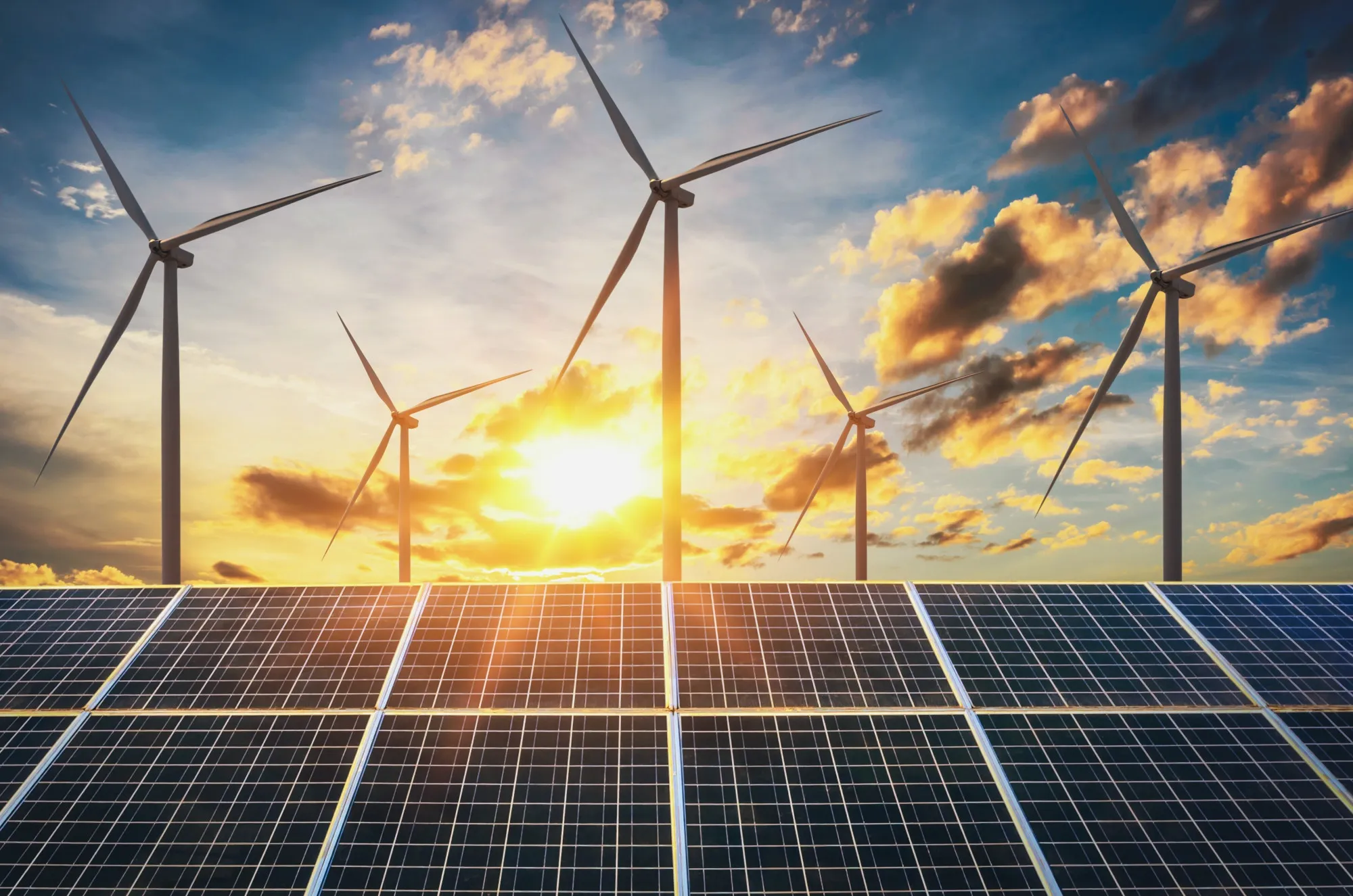
Breakthroughs in Energy Storage Technology
One of the biggest challenges with renewable energy is storing excess power for later use. Innovations in batteries, thermal storage, and alternative materials are helping overcome these limitations, making renewable energy more stable and reliable.
21. Solid-State Batteries
Safer and more efficient than lithium-ion, these batteries use solid electrolytes, improving energy density and lifespan.
22. Liquid Metal Batteries
A breakthrough in grid storage, these batteries provide low-cost, long-duration energy storage for renewable power grids.
23. Iron-Air Batteries
A promising technology using rust-based reactions to store electricity for days instead of hours.
24. Gravity-Based Energy Storage
Cranes lift heavy blocks to store energy, releasing them to generate power when needed, providing a mechanical alternative to batteries.
25. Flow Batteries
These liquid electrolyte-based batteries provide long-term energy storage, making them ideal for solar and wind farms.
26. Hydrogen Fuel Cells
Hydrogen-based energy storage enables clean, scalable power storage solutions for vehicles and industrial applications.
27. Compressed Air Energy Storage (CAES)
Uses underground caverns to store compressed air, releasing it later to generate electricity on demand.
28. Thermal Energy Storage
Excess solar or wind power is stored as heat in molten salt or phase-change materials, later converted back into electricity.
29. Supercapacitors
Offering rapid charge and discharge cycles, supercapacitors are ideal for short-term energy storage applications.
30. Second-Life Battery Recycling
Reusing old EV batteries for energy storage applications extends their lifespan and reduces waste.
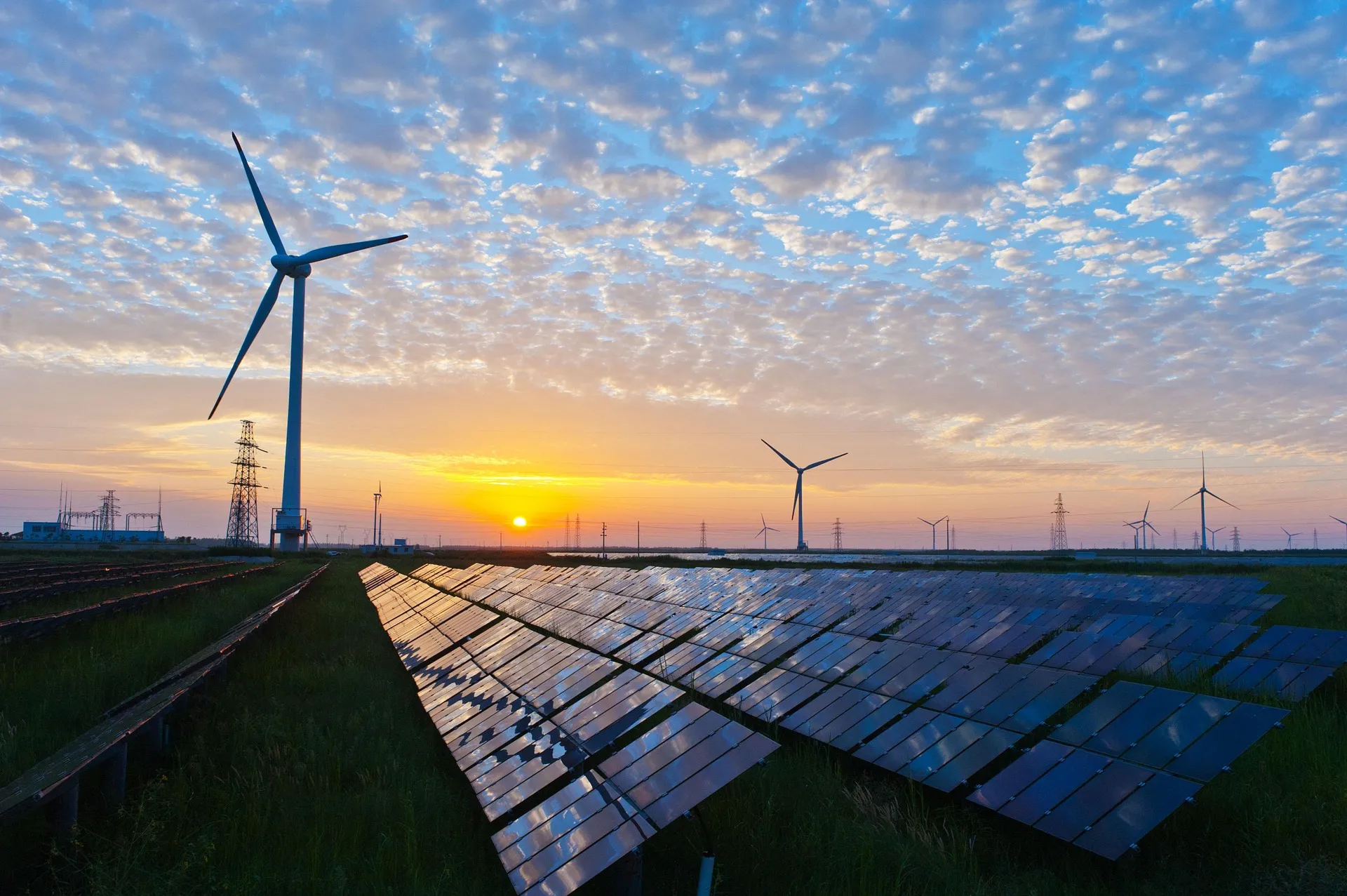
Breakthroughs in Smart Grids and Energy Efficiency
Traditional power grids were designed for fossil fuel-based electricity, but with more renewable energy being integrated, there is a need for smarter, more flexible energy distribution systems. Smart grids use real-time data, automation, and AI-driven optimizations to make energy usage more efficient and responsive to demand fluctuations. These innovations ensure fewer power outages, reduced energy waste, and lower electricity costs for consumers.
31. AI-Powered Smart Grids
Artificial intelligence (AI) is being used to predict energy demand, optimize distribution, and detect inefficiencies in real time. AI-powered grids reduce energy waste and improve reliability, making them a game-changer for clean energy adoption.
32. Blockchain-Based Energy Trading
Blockchain technology is enabling peer-to-peer (P2P) energy trading, where homeowners with solar panels can sell excess electricity directly to their neighbors instead of sending it back to the grid. Platforms like Power Ledger and WePower are pioneering this decentralized approach.
33. Smart Meters for Real-Time Monitoring
Smart meters provide real-time energy usage data to both consumers and utility companies. This allows for dynamic pricing, better energy conservation, and improved load balancing.
34. Vehicle-to-Grid (V2G) Technology
Electric vehicles (EVs) can now act as mobile energy storage units, feeding electricity back into the grid during peak demand. This helps stabilize the grid while providing financial incentives to EV owners.
35. Microgrids for Energy Independence
Microgrids are localized power grids that can operate independently from the main grid during power outages. They are especially useful for hospitals, military bases, and disaster-prone regions, ensuring continuous access to clean energy.
36. Energy-Efficient Smart Buildings
Smart buildings use AI-driven automation, energy-efficient lighting, and HVAC optimization to reduce energy consumption by up to 30%.
37. Wireless Energy Transmission
New developments in wireless energy transfer allow electricity to be sent over distances without physical cables, reducing transmission losses.
38. Predictive Maintenance with IoT Sensors
Internet of Things (IoT) sensors in power grids predict failures before they happen, preventing blackouts and costly repairs.
39. Energy Harvesting from Everyday Objects
Scientists are developing ways to capture ambient energy from vibrations, sound waves, and human movement, turning everyday actions into usable electricity.
40. Demand Response Programs for Energy Efficiency
Utilities now offer demand-response programs, where smart appliances automatically adjust energy consumption based on electricity demand and grid conditions, reducing strain on the grid.

Breakthroughs in Bioenergy and Sustainable Fuels
Bioenergy is a rapidly advancing field, offering renewable alternatives to fossil fuels by converting organic matter into electricity, heat, and biofuels. Recent breakthroughs in biomass processing, waste-to-energy systems, and carbon-neutral fuels are making bioenergy more efficient, scalable, and environmentally friendly. These innovations are essential for reducing emissions in transportation, manufacturing, and power generation, helping industries transition to cleaner, more sustainable energy solutions.
41. Advanced Algae-Based Biofuels
Algae can produce up to 300 times more biofuel per acre than traditional crops. Scientists have developed genetically modified algae strains that grow faster and generate more lipid-rich biomass, increasing biofuel yields and making algae biofuels a viable alternative to petroleum.
42. Waste-to-Energy (WTE) Gasification
New gasification plants can convert municipal solid waste (MSW) into clean synthetic gas (syngas), which can be burned for electricity or refined into biofuels. This technology helps reduce landfill waste while generating renewable energy.
43. Cellulosic Ethanol Production
Traditional ethanol is made from corn and sugarcane, but cellulosic ethanol is derived from non-food biomass like agricultural waste, wood chips, and grasses. Advanced enzyme technologies are making cellulosic ethanol more cost-effective and sustainable.
44. Carbon-Negative Biochar Energy Systems
Biochar is a byproduct of biomass pyrolysis, which captures carbon instead of releasing it into the atmosphere. It can be used as a soil enhancer while producing bio-oil and syngas for clean energy.
45. Biogas from Anaerobic Digesters
Anaerobic digesters convert organic waste from farms, food processing plants, and sewage into methane-rich biogas, which can be used for electricity generation or as a renewable natural gas (RNG) replacement.
46. Hydrogen Production from Biomass
New thermochemical conversion techniques allow biomass to be transformed into hydrogen gas, which can be used for fuel cells, clean transportation, and industrial processes.
47. Microbial Fuel Cells (MFCs)
These innovative fuel cells use bacteria to generate electricity from organic waste. MFCs can be deployed in wastewater treatment plants to simultaneously clean water and generate energy.
48. Sustainable Aviation Biofuels (SAFs)
The aviation industry is adopting bio-based jet fuels, made from used cooking oil, algae, and plant waste, to cut carbon emissions. Airlines like United and KLM are already using sustainable aviation fuels on commercial flights.
49. Methane Capture from Landfills
Modern landfill gas collection systems capture methane emissions, preventing them from contributing to climate change. This methane is processed and injected into renewable natural gas pipelines.
50. Genetic Engineering for High-Energy Crops
Scientists are developing genetically enhanced plants that grow faster, absorb more CO₂, and produce more biomass for energy production, increasing the efficiency of biofuel farming.
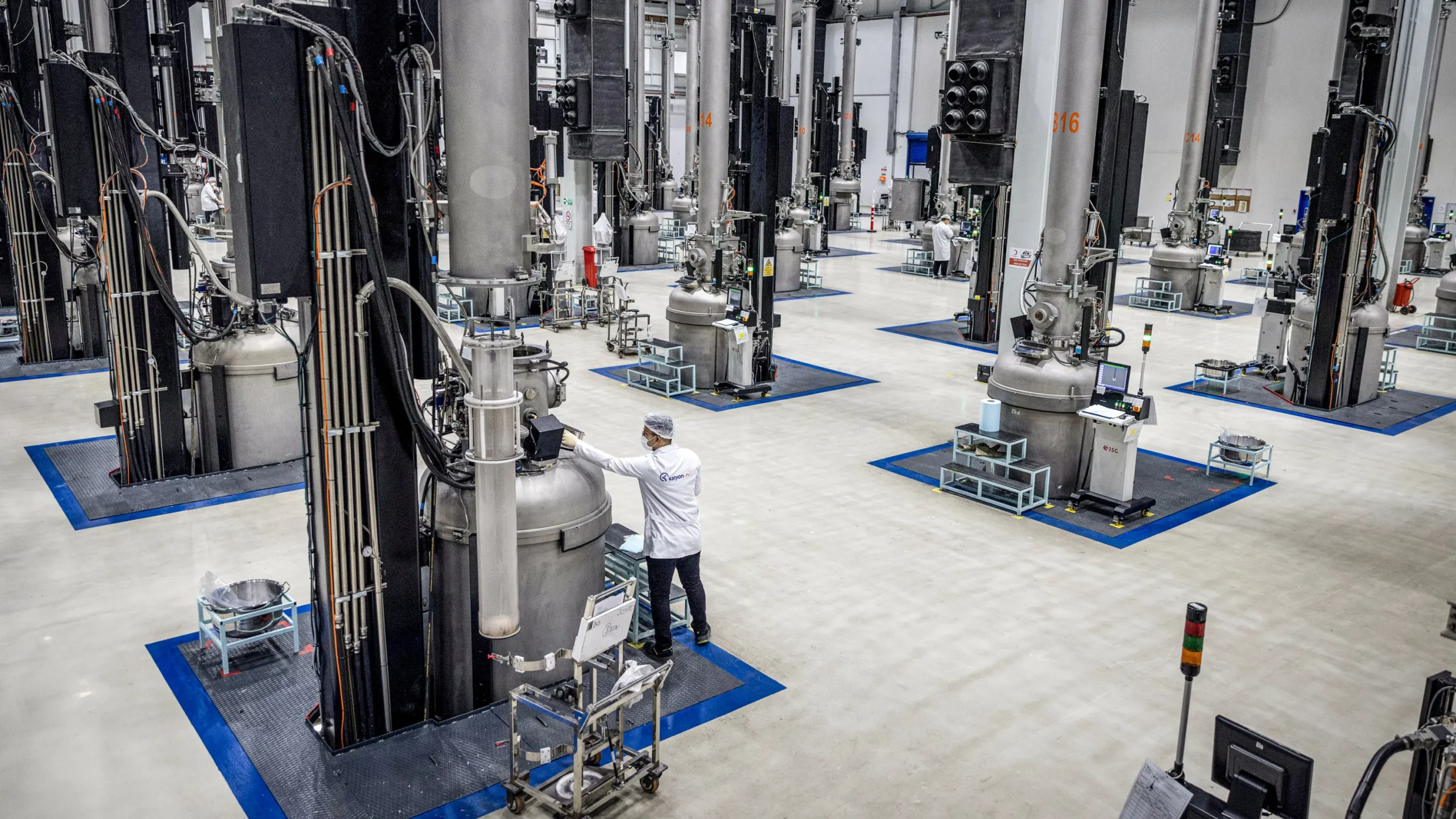
Breakthroughs in Hydroelectric and Tidal Energy
Hydropower has been a reliable renewable energy source for over a century, but new innovations in hydroelectric and tidal energy are improving efficiency and environmental sustainability. Modern advancements focus on reducing ecological disruption, harnessing ocean energy, and making small-scale hydropower more accessible.
51. Fish-Friendly Turbines
Traditional hydropower dams disrupt fish migration and river ecosystems. New fish-friendly turbines allow fish to pass safely while maintaining high energy efficiency.
52. Run-of-River Hydropower Systems
Unlike large dams, these systems generate electricity by channeling a portion of river water through turbines, reducing environmental impact while providing steady renewable power.
53. Ocean Thermal Energy Conversion (OTEC)
OTEC technology harnesses temperature differences between warm surface water and cold deep water to generate electricity, offering a constant and scalable renewable energy source.
54. Tidal Stream Generators
These underwater turbines generate electricity from ocean currents and tides, producing predictable and reliable renewable energy.
55. Wave Energy Converters (WECs)
WECs capture the kinetic energy of ocean waves using floating devices that convert wave motion into electricity.
56. Hydroelectric Gravity Batteries
Similar to gravity-based energy storage, hydroelectric gravity batteries use pumped water reservoirs to store and release energy based on demand.
57. Micro-Hydro Turbines
Small-scale hydropower turbines are being installed in streams, irrigation canals, and wastewater systems to generate distributed renewable energy.
58. Floating Hydropower Plants
Floating hydro plants can be deployed on lakes, reservoirs, and slow-moving rivers, providing flexible off-grid renewable energy.
59. Submerged Tidal Barrages
Unlike traditional tidal barrages, these underwater structures generate power without blocking water flow, reducing environmental impact.
60. Hybrid Hydro-Solar Power Plants
Combining floating solar panels with hydroelectric dams improves energy output while reducing water evaporation from reservoirs.

Breakthroughs in Next-Generation Nuclear Fusion
Nuclear fusion—the same process that powers the Sun—is seen as the ultimate clean energy breakthrough. Unlike nuclear fission, fusion produces no long-lived radioactive waste and has a nearly unlimited fuel supply from hydrogen isotopes in seawater. Recent advancements in fusion technology are bringing us closer than ever to achieving commercial fusion power.
61. High-Temperature Superconducting Magnets (HTS)
Fusion reactors require strong magnetic fields to contain plasma. HTS magnets enable more compact and efficient fusion reactors, as demonstrated by MIT’s SPARC reactor project.
62. Inertial Confinement Fusion (ICF)
ICF uses powerful laser beams to compress and heat hydrogen fuel, triggering fusion reactions. The National Ignition Facility (NIF) in the U.S. recently achieved a breakthrough by producing more energy than it consumed.
63. Tokamak Reactor Advancements
Tokamaks are doughnut-shaped fusion reactors that use magnetic confinement. The ITER project in France is expected to demonstrate large-scale fusion feasibility.
64. Stellarator Reactors
Unlike tokamaks, stellarators use twisted magnetic fields to keep plasma stable, reducing the risk of disruptions. The Wendelstein 7-X stellarator has shown promising results.
65. Helium-3 Fusion
Fusion using helium-3, an isotope found on the Moon, could produce cleaner and more efficient fusion energy with minimal radiation.
66. Magnetized Target Fusion (MTF)
MTF combines elements of magnetic confinement and inertial confinement fusion, potentially making fusion reactors smaller and cheaper.
67. Laser-Powered Fusion Microcapsules
Tiny fuel capsules coated with hydrogen isotopes are compressed with high-powered lasers, leading to more efficient fusion reactions.
68. Liquid Metal Walls in Fusion Reactors
Instead of solid reactor walls, liquid metal absorbs fusion heat more efficiently, reducing wear and improving reactor lifespan.
69. AI-Controlled Plasma Stabilization
AI and machine learning are now being used to control plasma behavior inside fusion reactors, making them safer and more efficient.
70. Private Sector Fusion Startups
Companies like Helion Energy, Commonwealth Fusion Systems, and TAE Technologies are working on commercially viable fusion reactors, accelerating progress in the field.
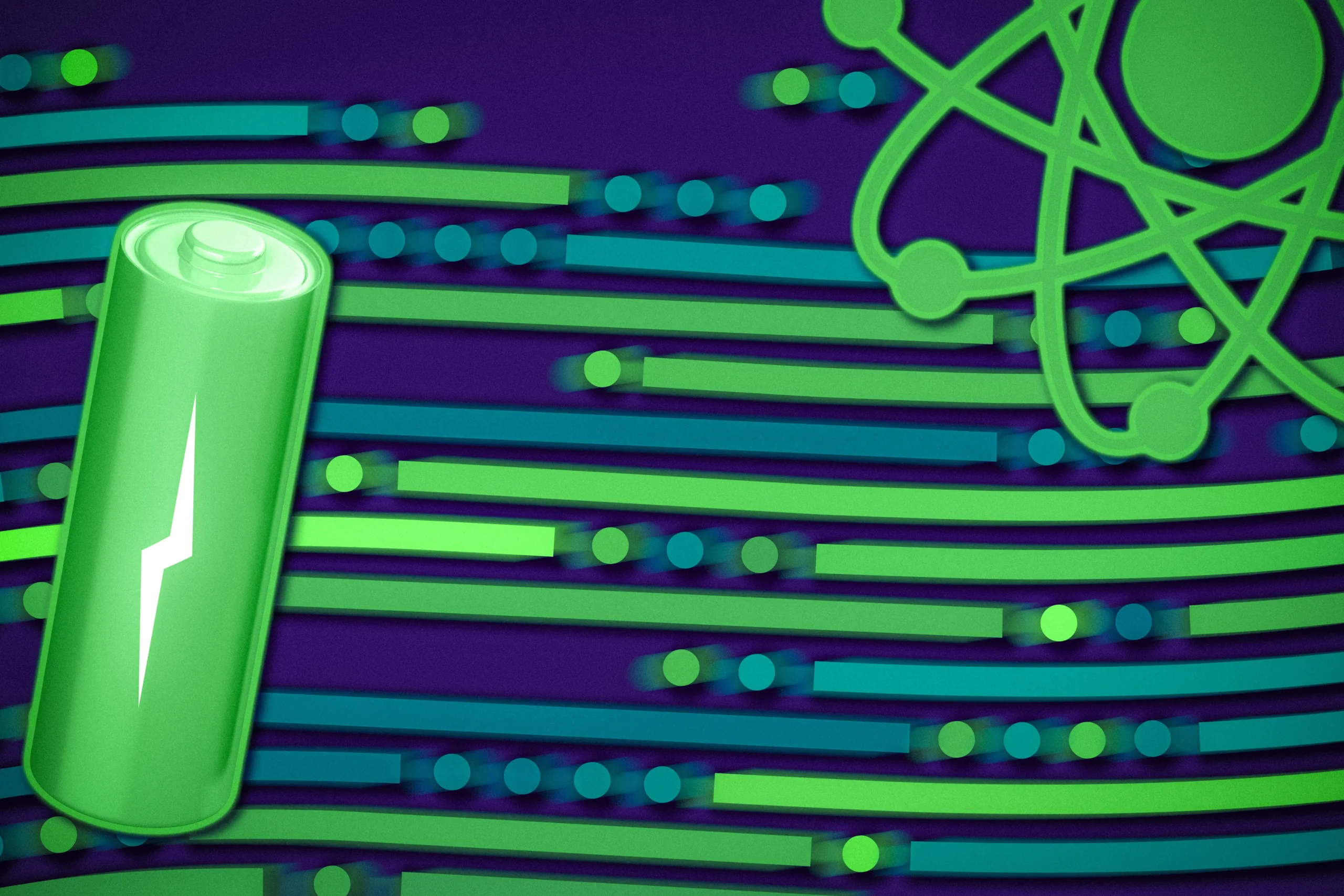
Breakthroughs in Energy Efficiency and Smart Building Technology
Energy efficiency is a key pillar of sustainability, as reducing energy waste lowers emissions, cuts costs, and decreases reliance on fossil fuels. Smart building technologies and next-generation materials are transforming the way we heat, cool, and power our homes, offices, and industrial facilities. Breakthroughs in energy-efficient designs, automation, and AI-driven optimizations are making buildings greener, more intelligent, and self-sufficient, reducing the global energy footprint.
71. AI-Driven Energy Management Systems
AI-powered systems analyze real-time energy consumption and automatically adjust heating, cooling, and lighting to minimize waste and optimize efficiency. Smart algorithms predict energy demand based on weather, occupancy, and usage patterns, helping buildings operate more sustainably.
72. Passive House Design and Net-Zero Buildings
Modern building techniques such as passive house design use superior insulation, airtight construction, and strategic ventilation to reduce energy use by up to 90% compared to traditional buildings. Net-zero energy buildings generate as much energy as they consume, using solar panels, wind turbines, and energy storage systems.
73. Thermochromic Smart Windows
Smart windows adjust their tint based on sunlight exposure, reducing heat gain in summer and heat loss in winter, cutting air conditioning and heating costs. Companies like View Inc. are leading this revolution in energy-efficient glass technology.
74. Radiative Cooling Paints and Coatings
New ultra-white cooling paints can reflect up to 98% of sunlight, lowering indoor temperatures without requiring air conditioning. This passive cooling solution significantly reduces energy consumption in hot climates.
75. Advanced Heat Pumps for Efficient Heating and Cooling
Modern heat pumps use ground-source and air-source technology to provide efficient heating and cooling with up to 500% energy efficiency, making them a key technology for carbon-free buildings.
76. Smart Lighting with IoT Integration
LED lighting systems integrated with Internet of Things (IoT) sensors can automatically adjust brightness based on occupancy, daylight, and usage patterns, reducing electricity demand in homes and commercial spaces.
77. Phase-Change Materials for Thermal Storage
Phase-change materials (PCMs) store and release heat as they transition between solid and liquid states, improving thermal regulation in buildings and reducing HVAC energy consumption.
78. Waste Heat Recovery Systems
Industrial and commercial buildings generate massive amounts of waste heat from manufacturing processes, data centers, and HVAC systems. New heat recovery technologies capture this wasted energy and convert it into electricity or reuse it for heating and cooling.
79. Self-Healing and Energy-Generating Roads
Innovative road materials with self-repairing capabilities reduce maintenance needs, while solar panel-integrated roads generate renewable energy to power streetlights, EV chargers, and traffic systems.
80. Carbon-Negative Concrete and Building Materials
Traditional cement production is a major carbon emitter, but new formulations of carbon-negative concrete absorb CO₂ during curing, making buildings net-zero or even carbon-negative. Companies like CarbiCrete and CarbonCure are leading this revolution in sustainable construction.
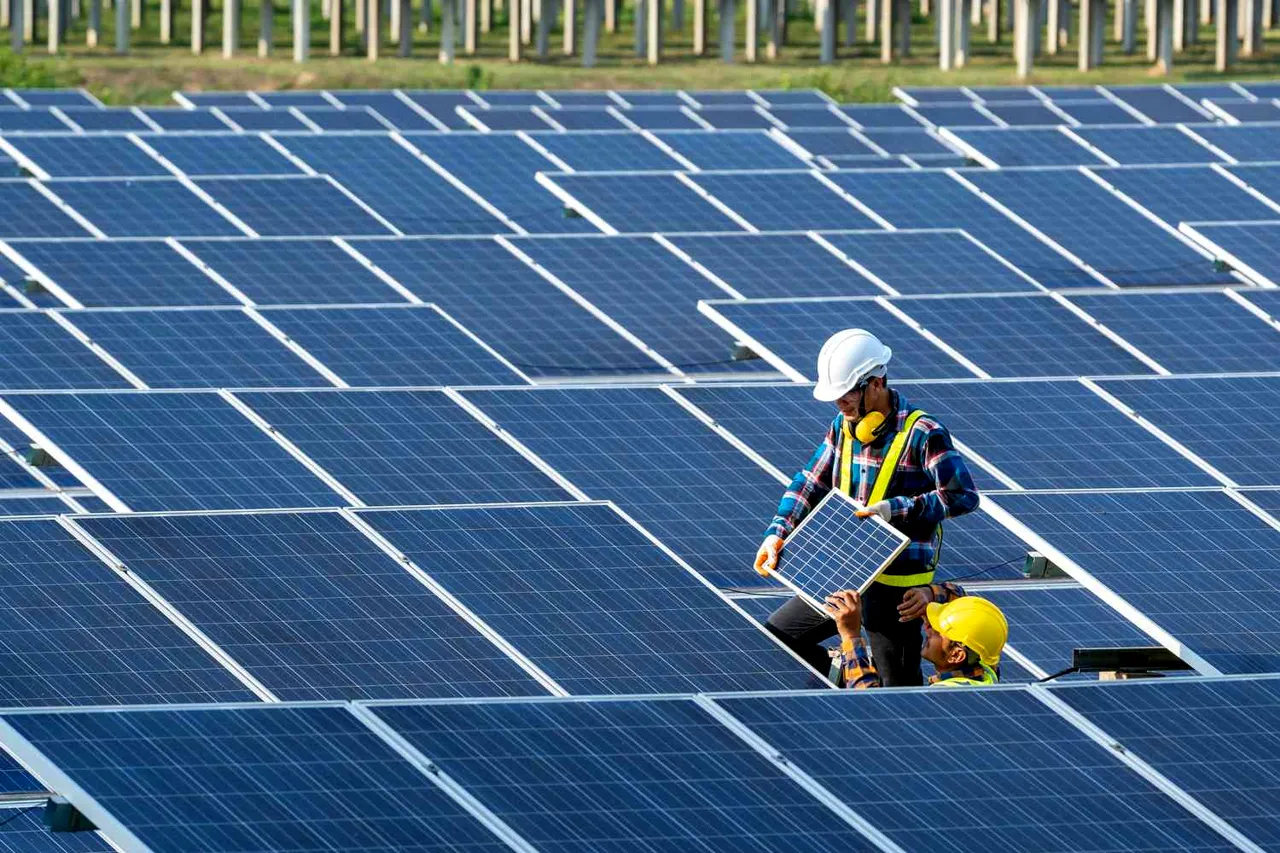
The future of renewable energy technology is unfolding at an incredible pace, transforming the way we generate, store, and utilize clean energy. From next-generation solar panels and AI-optimized wind turbines to breakthroughs in nuclear fusion, bioenergy, and smart grids, these innovations are paving the way toward a sustainable, low-carbon world.
As global demand for clean energy accelerates, continued investment in advanced materials, AI-driven optimizations, and scalable energy storage will be crucial in ensuring that renewable energy replaces fossil fuels on a global scale. The transition to carbon-neutral economies requires collaboration between governments, businesses, and research institutions to further improve the efficiency, affordability, and accessibility of these breakthrough technologies.
The next decade will be critical for scaling renewable energy solutions, with advances in grid resilience, electrification of transportation, and energy efficiency playing key roles in meeting global climate goals. As these technologies continue to evolve, they will help shape a future where clean, abundant, and sustainable energy powers our world without harming the planet.

